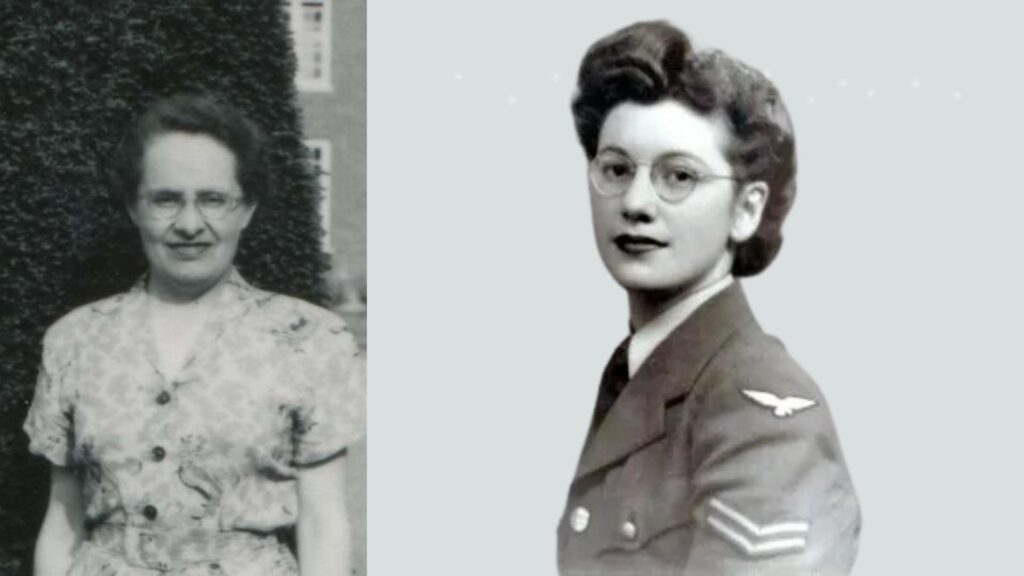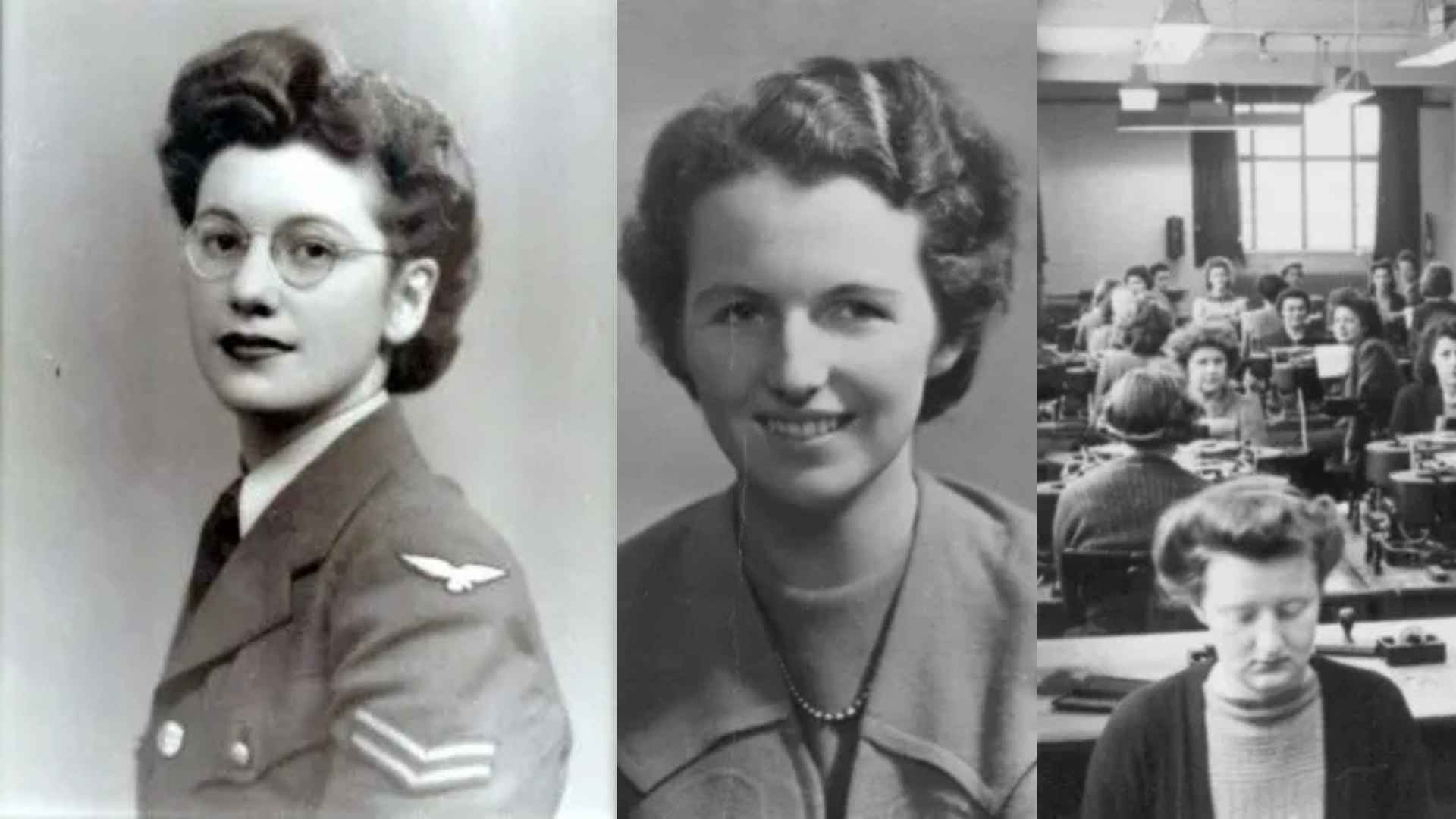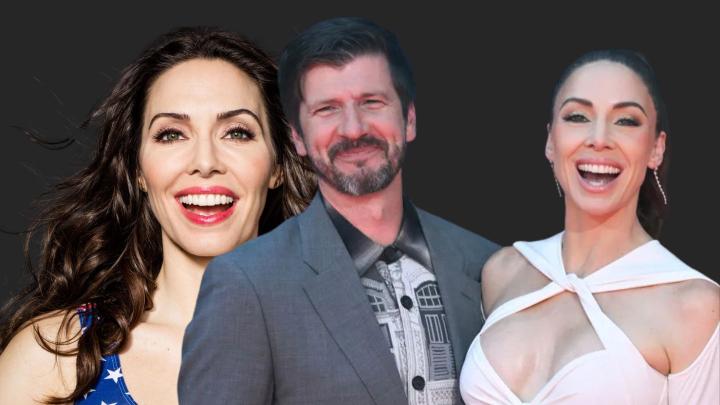Joan Clarke—The Forgotten Codebreaker Who Helped Win World War II
Behind the legendary story of Alan Turing and the team at Bletchley Park was a brilliant woman whose genius remained overlooked for decades. Joan Clarke, a cryptanalyst and mathematician, played a pivotal role in breaking the Enigma code, shortening World War II, and saving countless lives.
In this post, we dive deep into the life of Joan Clarke the codebreaker — from her childhood in the UK to her unsung contributions during WWII and her quiet life after the war.

Early Life and Education
Joan Elisabeth Lowther Clarke was born on June 24, 1917, in West Norwood, London, England, to Dorothy and William Clarke, a clergyman. The youngest of four children, Joan was bright and academically gifted from a young age.
She attended Dulwich High School for Girls, then won a scholarship to Newnham College, Cambridge, one of the few women’s colleges at the time. There, she studied mathematics and graduated with a double first, which is the highest possible score. However, despite her stellar performance, Cambridge did not grant full degrees to women until 1948, so she did not receive formal academic recognition initially.

Joan Clarke the Codebreaker at Bletchley Park
Joan Clarke’s mathematical prowess caught the attention of Gordon Welchman, one of the founding figures of Bletchley Park. In 1940, she was recruited to join the Government Code and Cypher School, where she worked in Hut 8, the section responsible for decoding German naval messages.
She was the only woman working alongside Alan Turing in that section, and her analytical skills quickly made her indispensable. Clarke became a leading cryptanalyst and was eventually promoted to Deputy Head of Hut 8 — a rare position for a woman in such a male-dominated environment.
Her main work involved deciphering messages encrypted by the German Enigma machine, focusing particularly on U-boat communications that threatened Allied shipping convoys. Her quiet efficiency and genius contributed significantly to breaking key messages and altering the course of the war.

Relationship with Alan Turing
Joan Clarke shared a close and complex friendship with Alan Turing, the mathematical genius credited with cracking the Enigma. Their bond went beyond work; Turing even proposed marriage to Clarke in 1941.
Though she accepted, Turing later confessed he was homosexual. Clarke, pragmatic and loyal, still valued their friendship and continued working closely with him. They eventually broke off the engagement, but their mutual respect endured throughout their lives.

Recognition and Challenges
Despite her remarkable contributions, Joan Clarke remained largely unrecognized during and after the war. Security classifications and societal gender norms kept her story in the shadows.
In 1947, she was appointed a Member of the Order of the British Empire (MBE) for her wartime service. However, she never sought public attention and continued to work quietly in various government departments, including GCHQ (Government Communications Headquarters), until her retirement.
Personal Life and Later Years
In 1952, Joan Clarke married Lieutenant-Colonel John Kenneth Ronald Murray, a fellow cryptanalyst. They shared a deep interest in numismatics (the study of coins), and Clarke became an expert in the field, publishing papers on early Scottish coinage.
She remained private about her codebreaking work until much later in life, even after some information was declassified. Clarke continued living a modest and quiet life, occasionally consulted on cryptographic history.
Death and Legacy
Joan Clarke passed away on September 4, 1996, in Headington, Oxford, England, at the age of 79. Though her name may not be as widely known as some of her male counterparts, her legacy as one of Britain’s greatest unsung heroes lives on.
Her role has gained more attention in recent years, particularly after being portrayed by actress Keira Knightley in the 2014 film The Imitation Game. Today, Joan Clarke is celebrated as a pioneering woman in STEM and a key figure in the Allied victory during World War II.
FAQs About Joan Clarke
Q1: What did Joan Clarke do at Bletchley Park?
A: She worked as a cryptanalyst in Hut 8, decoding German naval Enigma messages.
Q2: Was Joan Clarke recognized during her lifetime?
A: She was awarded the MBE in 1947 but remained relatively unknown to the public.
Q3: Did Joan Clarke and Alan Turing have a relationship?
A: Yes, they were briefly engaged and remained close friends.
Q4: What was Joan Clarke’s profession after the war?
A: She continued working as a cryptanalyst for GCHQ and later became an expert numismatist.
Q5: Where can I learn more about Joan Clarke?
A: Books on Bletchley Park, WWII documentaries, and The Imitation Game film offer more insights.








One Comment